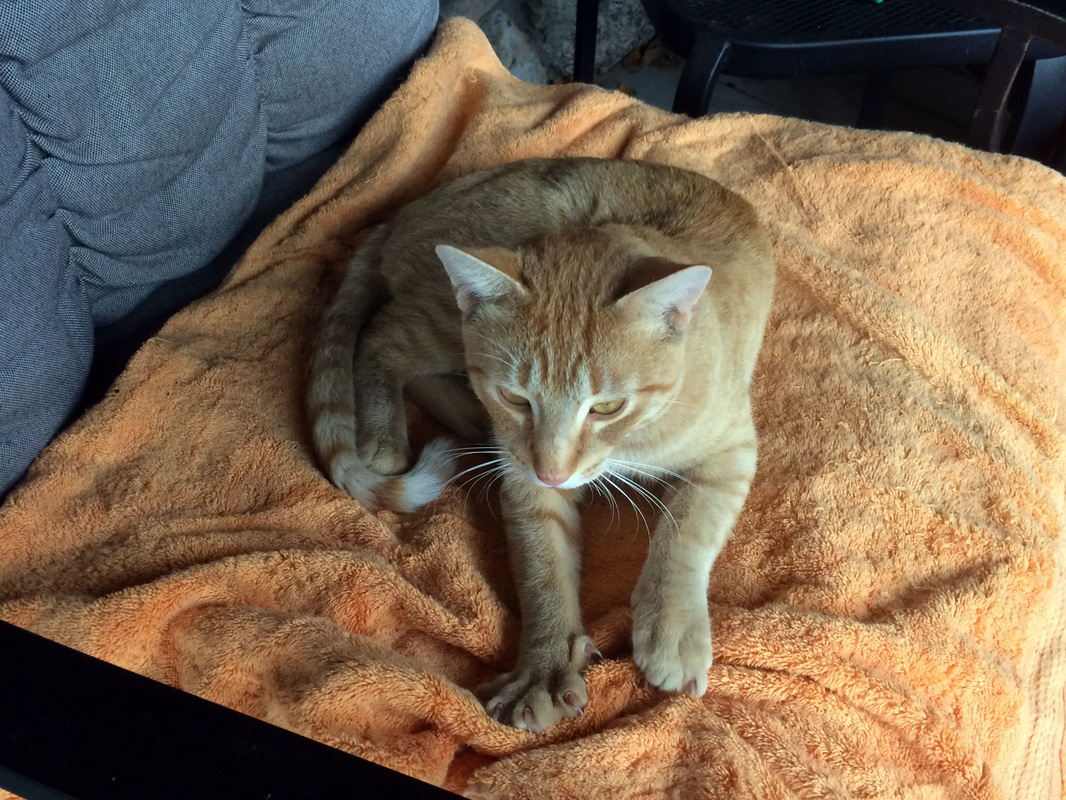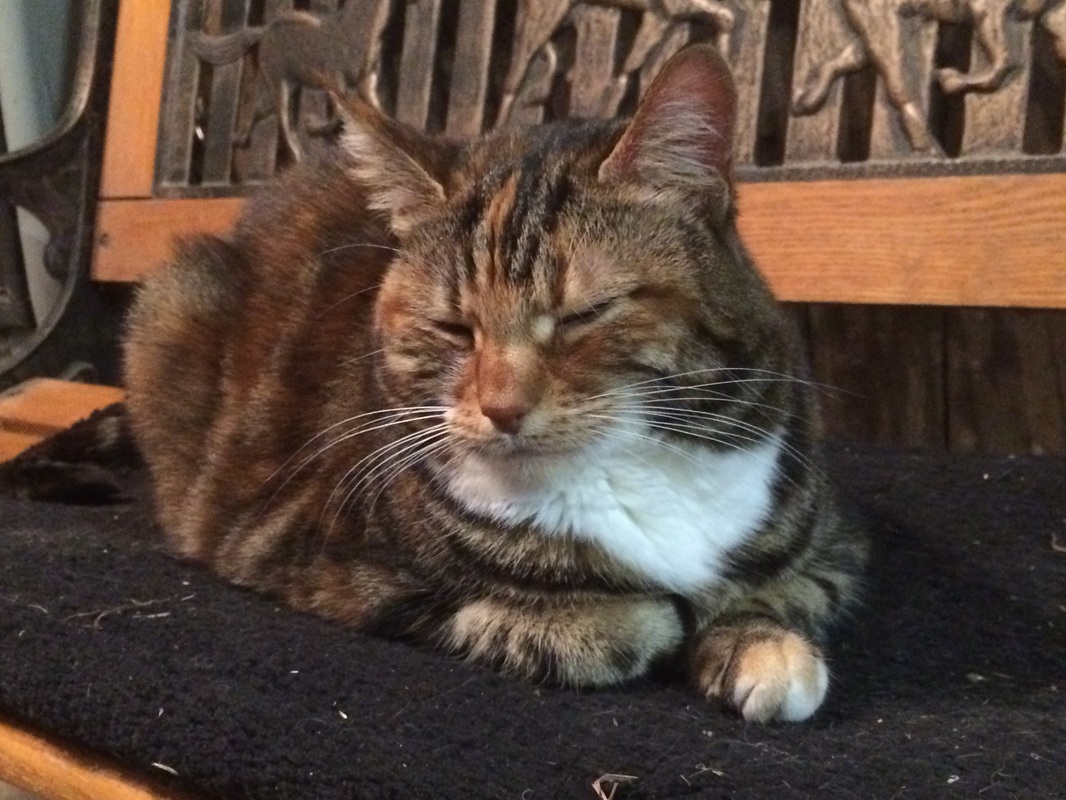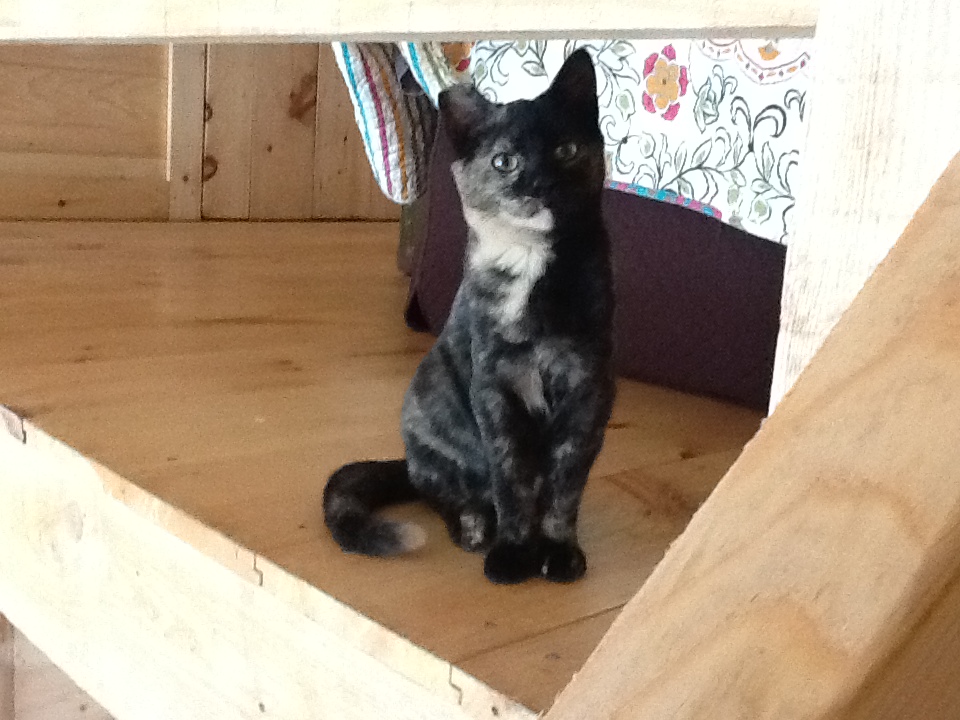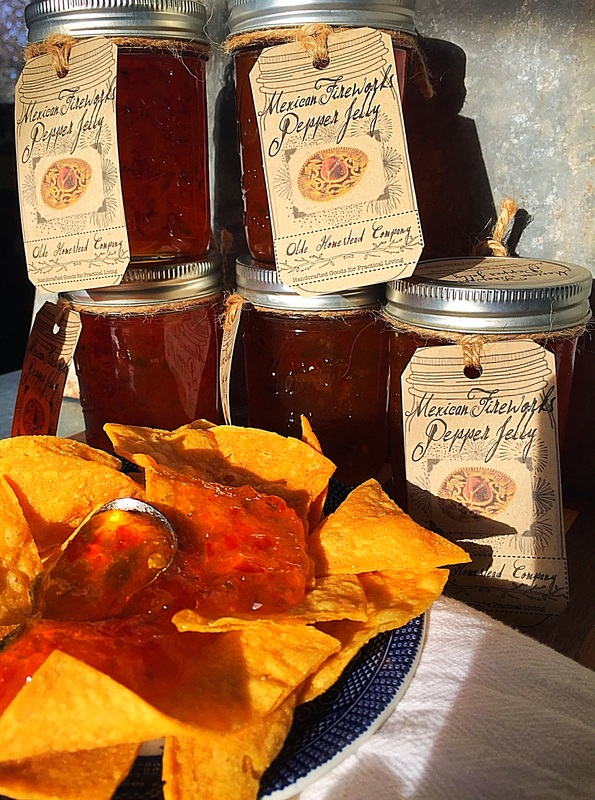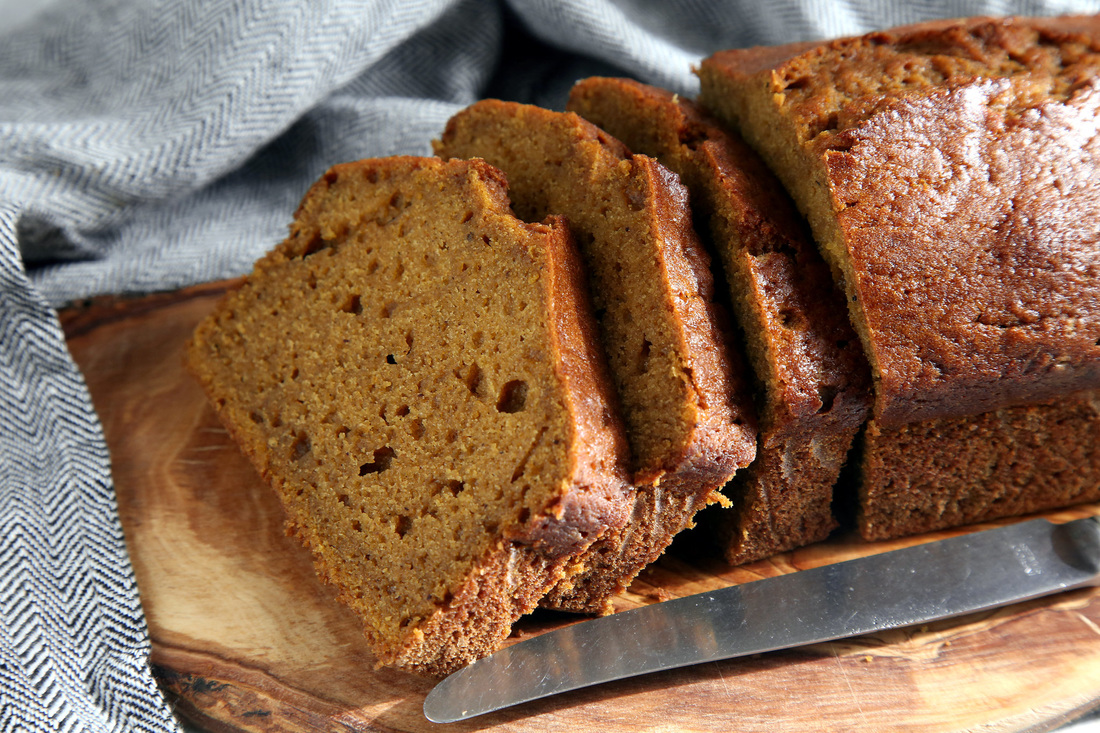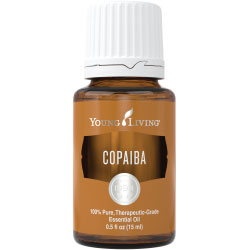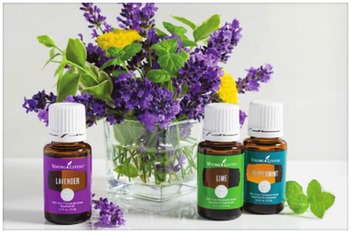HOMESTEADINGWHAT'S NEW ON THE HOMESTEAD?
Changing seasons are what is new on the Homestead. Although the calendar says Autumn is from September 22nd this year through December 20th – mother nature has more of a conflicting idea of what our Autumn will be like. It started out unseasonably warm…a continuation of our unusual hot, humid and dry summer. Then my favorite part of the season arrived, cooler days, chilly nights and the vibrant burst of awesome color on the trees against the deep blue gray sky. Every Fall I am in awe of what beauty and perfection nature blesses us with. Then came the rain….downpours for days. The damp, raw, bone chilling weather of fall. The cold wetness made you crave for hot soup and a cup of tea in the evening. Grabbing a blanket to wrap up on the couch has begun. While I do not care for the bone chilling dampness, I guess it makes me appreciate more the snuggling under a blanket at night or curling up with the cats. |
|
|
Jake, the newest member of the Lainhart family. Jake adopted Mary. Once Jake is neutered, he will be joining forces with Monkey taking care of the barn.
|
Monkey joined the family in the fall of 2015. She was re-homed to us. Monkey is the number one mouser at the barn.
|
Millie was the product of a pregnant cat dropped off at someone's barn. Mary found Millie through her vet. Millie was supposed to be a barn cat, but never ended up leaving the house.
|
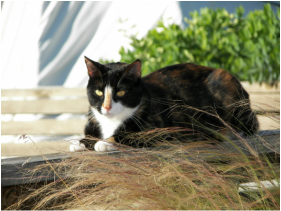
Then came the first snow cover of the season. Not enough to plow or shovel, but enough to cover the grass and last more than a day. A reminder of what is to come around the corner. Fall in the Northeast is unpredictable, to say the least. It is a grab bag of whatever nature feels like throwing at you that day.
At the beginning of the season, I had cleaned out the majority of my garden. But the weather was nice and I was still getting some tomatoes and peppers and flowers were still blooming. So I did not tend to my potted plants, window boxes, and part of my vegetable garden. Now, I am grasping for a day when I will have decent weather and time to clean out the rest of my garden, my pots, window boxes and cut back my perennials before the weather decides to bring the white stuff permanently.
(Ishi, in photo above. Ishi showed up in 2008 as a scrawny little kitten. While there was never an intention to keep this stray kitten, Sam (Buck and Mary's dog) took an immediate liking to her. So Ishi became Sam's cat and they were best friends until he crossed in 2015.
At the beginning of the season, I had cleaned out the majority of my garden. But the weather was nice and I was still getting some tomatoes and peppers and flowers were still blooming. So I did not tend to my potted plants, window boxes, and part of my vegetable garden. Now, I am grasping for a day when I will have decent weather and time to clean out the rest of my garden, my pots, window boxes and cut back my perennials before the weather decides to bring the white stuff permanently.
(Ishi, in photo above. Ishi showed up in 2008 as a scrawny little kitten. While there was never an intention to keep this stray kitten, Sam (Buck and Mary's dog) took an immediate liking to her. So Ishi became Sam's cat and they were best friends until he crossed in 2015.
|
While writing this, it dawns on me that life is like Autumn in the Northeast. There are days of sunshine and beauty followed by days of dreading to go outside. But I think the lesson to be taught by nature is to have the opposites so you can appreciate things more. If every day was full of sunshine, warm weather and beauty, would you cherish each day of it so much? Even the days that are not the best to be outside in, make you appreciate the little things in life, like comfort food or quiet time to snuggle with the ones we love (2-legged or 4-legged). Each day is filled with special gifts, if you look for them.
Sam, Buck and Mary's dog. Sam had been abandoned and abused when Mary got him. A lot of love and patience goes a long way. He was a wonderful companion that will never be forgotten. → |
RECIPES
|
Mexican Fireworks Pepper Jelly from The Olde Homestead Company is available at The Pan Handle in Granbury, TX
|
Mexican Fireworks Pepper Jelly
from The Olde Homestead Company, Granbury, TX by Mary A. Lainhart
People from up north are not familiar with pepper jelly, like they are down south. I had never heard of it until a jar of it was purchased as a gift for me and Buck from our Texas friends, Bob and Debbie. Mexican Fireworks Pepper Jelly, made in micro batches by The Olde Homestead Company owned and operated by Sara Miskovic, intrigued me, if not scared me to death because of the name.
I was a bit hesitant to open the jar with a name like that. I contacted Sara and asked for some ways to use the Mexican Fireworks Pepper Jelly. Sara’s reply, “Mexican Fireworks Pepper Jelly is really versatile; you can use it as an appetizer poured over a block of cream cheese, swirled in melted brie or even as a marinade for chicken or pork. It’s one of my very favorite things I make. I love the tangy/sweet combination with the flavors of the pepper.” That didn’t sound so scary. So on my next visit to the grocery store, I picked up some hearty crackers and some cream cheese. I was going to dive in and try it! OK, so I didn’t dive in first, I layered a cracker with cream cheese, then a generous portion of Mexican Fireworks Pepper Jelly and fed it to Buck and sat back to watch the reaction. No fire from his nostrils, no gasping for air… he had a look of delight on his face. Hmmm…. I had to try one. WOW!! It’s delicious!!! One for Buck, two for me… before I knew it we ate the entire jar! The absolute freshness of the ingredients, the balance of flavors kept us going back for more. This is sure to be a staple in our house! |
PUMPKIN BREAD
|
4 c. sugar 2 ¼ tsp. salt
6 eggs, beaten 1 ½ tsp. cinnamon 1 c. shortening (butter) ¾ tsp. cloves 5 ¼ c. flour 1 c. water ¾ tsp. baking powder 1 c. dates or raisins (optional) 3 tsp. baking soda 1 ½ c. chopped nuts 3 c. pumpkin (1 large can) Add all ingredients to mixer. Mix well. Spray pans with non-stick cooking spray. Bake at 350 for 1 hour or until done. Test doneness with cake tester. Makes 5 medium loaves of bread. |
Click on photo for a printable version of this Pumpkin Bread recipe
|
SPICY SENORITA POPCORN
|
|
Sara Miskovic, owner of The Pan Handle in Granbury, TX and The Olde Homestead Company
|
3 1/2 oz Corn Kernels
2 Tbsp. Sunflower Oil 3 Tbsp. Unsalted Butter, Melted 1/2 tsp. Salt 1/2 tsp. Smoked Paprika 1/4 tsp. Cayenne Pepper Put corn kernels and oil into a pan and spread kernels out to make an even layer. Cover with a lid and cook over medium-high heat. When the kernels start popping, shake the pan a few times to distribute the heat. The kernels will only take a few minutes to cook. Put the popped corn into a large bowl and drizzle over the melted butter. Finally sprinkle with the salt, paprika and cayenne pepper. Toss well, serve and enjoy! |
ESSENTIAL OILSEach month we will share ways on how to safely use essential oils on your equines and your other pets. These are recommendations and not all inclusive uses of essential oils for your animal. Remember, all animals are individuals - so observe their behavior as you use essential oils (or anything) to see how they react to them.
WAYS TO USE ESSENTIAL OILS:
|
|
COPAIBA ESSENTIAL OIL
The gum resin tapped from the copaiba tree in Brazil is steam distilled to produce Copaiba essential oil, which is known for its high levels of beta-caryophyllene and a sweet aroma. Nature's super anti-inflammatory and all around great essential oil for a plethora of health issues.
Magnifier: Copaiba is also known as a magnifier, or potentiator. When copaiba is used with another essential oil, it will increase the beneficial properties of that oil. With the addition of copaiba, you may have excellent results with using less oil than you normally would. Storage: Keep in a cool, dark place. |
COPAIBA for YOU
Copaiba is considered to be one of the most anti-inflammatory substances on earth. Because of it’s superior anti-inflammatory properties, it is a wonderful essential oil to use in the treatment of arthritis, fibromayalgia, gout
- Skin Health: One of the most notable and popular health benefits of copaiba essential oil is derived from its astringent property. Copaiba’s active components literally tighten the skin, which can help skin look younger, reduce the appearance of wrinkles, and even strengthen the skin to prevent lesions or wounds as the body ages.
- Skin Appearance: Not only does it protect the skin and physically change it, copaiba essential oil also heals the skin and infuses the body with powerful nutrients and organic compounds that can eliminate the appearance of blisters, marks, and pimples. In fact, copaiba essential oil is often topically applied to scars in order to speed their healing and reduce their visibility.
- Respiratory Health: In an aromatherapy context, copaiba essential oil is often turned to by people suffering from some sort of congestive problem or respiratory issue. When inhaled, the soothing nature of the copaiba essential oil, which is famed as an anti-inflammatory substance, can ease any discomfort and loosen the tensed muscles and glands that might be causing the irritation.
- Pain Relief: This seems to be something that everyone looks for, but few people find. Copaiba essential oil is a wonderful analgesic and has been used in this capacity for generations. Whether in an aromatherapeutic context or when topically applied, the oil can help to reduce pain and loosen muscles, eliminating pain in joints, and even easing the discomfort of headaches and migraines. Use deep massage to relieve sciatica using this oil.
- Eliminate Infection: The strong antibacterial nature of copaiba essential oil can act as a major booster for your immune system. It can act as a shield for your skin, protecting any wounds from developing an infection, and also protects you internally, eliminating harmful bacteria and microorganisms that may be negatively affecting you from inside!
- Anxiety and Mood: As an element of aromatherapy, copaiba essential oil has often been used to lighten the spirits and improve mood. There aren’t many essential oils that have such a sweet, pleasant smell of rich honey, but the combination of the scent and its gentle effects on your hormonal balance can significantly improve your day.
- Diuretic in Nature: Copaiba essential oil can help to cleanse the body and detoxify the system by stimulating urination. As a diuretic substance, copaiba essential oil can help everything from incontinence to bedwetting when applied properly.
- Antifungal: When it comes to fungal infections, there aren’t too many essential oils that can do the trick, but the unique terpene structures found in copaiba essential oil are very effective as antifungal agents. If you suffer from athlete’s foot or any sort of nail fungus, applying some copaiba essential oil should significantly speed up the healing process and protect you from future infections.
- Lower Blood Pressure: If you are interested in boosting heart health and reducing your chances of experiencing a heart attack or a stroke, then adding some copaiba to your aromatherapy ritual or essential oil regimen might be a very wise choice. The anti-inflammatory, soothing nature of copaiba essential oil can help to relieve the tension and strain in your blood vessels, allowing blood pressure to drop and the strain to disappear from your cardiovascular system. This helps to prevent atherosclerosis, which is one of the leading causes of strokes and coronary heart disease.
- A Final Word of Warning: Excessive use can lead to stomach problems, but generally, this essential oil is very safe. It may be rare, but if you’re willing to put in the effort to acquire it, copaiba essential oil can be a very powerful weapon in your ongoing journey towards great health! Always consult with your physician prior to taking any essential oils internally. Recommendations here are for non-pregnant adults.
WAYS TO USE COPAIBA FOR YOU
- Add 3 to 4 drops to a warm bath to fight fatigue and combat stress
- Add 8 to 10 drops to 1 ounce V-6 and apply to arthritis or sports injuries
- Diffuse 5 drops in an essential oil diffuser during meditation or prayer
- Add 2 drops to a bowl of steaming water and steam for 2 to 3 minutes with a towel over your head for sinus relief
- Put 1 drop on a cotton ball and inhale deeply to combat stress and anxiety
For pain relief and wound healing:
- 1 oz pump container, glass or PET plastic
- 1 oz V-6
- 5 drops copaiba essential oil
- 2 drops vetiver essential oil
- 5 drops lavender essential oil
- 3 drops peppermint essential oil
- Insect Bites - Use copaiba oil on the bite to quickly reduce swelling and get relief.
- Lighten up your spirits - Smelling copaiba oil helps to lighten up tense mood as it has nice and sweet honey like aroma.
- Internal Use - Copaiba oil can be used internally as a natural health supplement to boost health, lower systemic inflammation and also as preventive measure against cancer. It provides a wide range of health benefits. One can add it to foods, drinks, juices etc if the taste seems fine and palatable. Word of Warning: As mentioned earlier, excessive use can lead to stomach problems, but generally, this essential oil is very safe. Always consult with your physician prior to taking any essential oils internally. Recommendations here are for non-pregnant adults.
Copaiba for your equine and other animals
It is particularly noted for its anti-inflammatory properties, which are so valuable for reducing pain. Copaiba can be used both internally and topically. In horses can be used for navicular, arthritis, bruised areas ad anything that is inflamed.
With barely any scent or flavor, it is a powerhouse in the animal world. One of the highest anti-inflammatory oils, it can be used to replace Non-Steroidal Anti-Inflammatory Drugs (NSAIDs). It can also be given simultaneously with the NSAIDs until symptoms improve and a weaning of the NSAID can begin. Since inflammation is a component of any dis-ease, Copaiba can be indicated in a protocol.
Copaiba is wonderful to use in many conditions: arthritis, gastric ulcers, skin conditions, inflammation, gastro-intestinal disorders, pain, cystitis, urinary incontinence, urinary disorders and more. Copaiba also appears to magnify the effects of other essential oils that it is used with. This could be a direct synergistic effect, but also since all dis-ease contains inflammation, the act of the Copaiba to reduce the inflammation is a considerable contribution to healing.
For Birds: Copaiba is used in many, many ways, and is an oil considered to be an important addition to any regimen. Water diffusion can be used in open rooms, small rooms, in caging and tented. Often 3-4 drops are added to a water-based diffuser to start. Copaiba can also be added to drinking water, starting with 1 drop in 1 liter of water, and gradually increasing as needed. Copaiba is also added to foods quite easily. Beginning with a “toothpick dip” of the essential oil added to a tablespoon of food, the amount can gradually be increased based on response. Copaiba has also been used topically – 1 drop mixed with 5 or more drops of V-, 4-5 drops added to 4 ounces of distilled water and misted onto the bird or animal. Application by Petting (often diluted) and transfer from perches or hands is also used.
Cats: Again, Copaiba is a worth addition to any feline regimen. Situations where Copaiba is especially indicated: Cystitis, FLUTD, Inflammatory Bowel Disease, Pancreatitis, and Arthritis. Copaiba can be used in all of the previously mentioned ways for cats. Some cats may or may not drink Copaiba in their water – so this option may not work for everyone. Also, when adding Copaiba to the food of a cat, this may also be rejected. Starting with very small “toothpick” amounts, and gradually increasing the amounts they are exposed to, seem to work well for most cats, effectively getting them used to the flavor or smell that surely they detect. The most well accepted and common ways to use Copaiba for cats is with diffusion, via Petting (neat or diluted), or by adding to Litteroma.
Dogs & Larger: All of the previously mentioned techniques and benefits apply to dogs and larger animals as well. With these animals, however, we can often easily use Copaiba, and with a more direct approach. Air Dilution for these animals is needed much less often.
For horses, Copaiba is an important essential oil for the replacement of harmful NSAIDs which are known to promote gastric ulcer formation. Not only is Copaiba highly anti-inflammatory, but it also protects against the formation of gastric ulcers.
The following are recommendations for the oral use of Copaiba, however remember that some individuals may require more or less.
It is particularly noted for its anti-inflammatory properties, which are so valuable for reducing pain. Copaiba can be used both internally and topically. In horses can be used for navicular, arthritis, bruised areas ad anything that is inflamed.
With barely any scent or flavor, it is a powerhouse in the animal world. One of the highest anti-inflammatory oils, it can be used to replace Non-Steroidal Anti-Inflammatory Drugs (NSAIDs). It can also be given simultaneously with the NSAIDs until symptoms improve and a weaning of the NSAID can begin. Since inflammation is a component of any dis-ease, Copaiba can be indicated in a protocol.
Copaiba is wonderful to use in many conditions: arthritis, gastric ulcers, skin conditions, inflammation, gastro-intestinal disorders, pain, cystitis, urinary incontinence, urinary disorders and more. Copaiba also appears to magnify the effects of other essential oils that it is used with. This could be a direct synergistic effect, but also since all dis-ease contains inflammation, the act of the Copaiba to reduce the inflammation is a considerable contribution to healing.
For Birds: Copaiba is used in many, many ways, and is an oil considered to be an important addition to any regimen. Water diffusion can be used in open rooms, small rooms, in caging and tented. Often 3-4 drops are added to a water-based diffuser to start. Copaiba can also be added to drinking water, starting with 1 drop in 1 liter of water, and gradually increasing as needed. Copaiba is also added to foods quite easily. Beginning with a “toothpick dip” of the essential oil added to a tablespoon of food, the amount can gradually be increased based on response. Copaiba has also been used topically – 1 drop mixed with 5 or more drops of V-, 4-5 drops added to 4 ounces of distilled water and misted onto the bird or animal. Application by Petting (often diluted) and transfer from perches or hands is also used.
Cats: Again, Copaiba is a worth addition to any feline regimen. Situations where Copaiba is especially indicated: Cystitis, FLUTD, Inflammatory Bowel Disease, Pancreatitis, and Arthritis. Copaiba can be used in all of the previously mentioned ways for cats. Some cats may or may not drink Copaiba in their water – so this option may not work for everyone. Also, when adding Copaiba to the food of a cat, this may also be rejected. Starting with very small “toothpick” amounts, and gradually increasing the amounts they are exposed to, seem to work well for most cats, effectively getting them used to the flavor or smell that surely they detect. The most well accepted and common ways to use Copaiba for cats is with diffusion, via Petting (neat or diluted), or by adding to Litteroma.
Dogs & Larger: All of the previously mentioned techniques and benefits apply to dogs and larger animals as well. With these animals, however, we can often easily use Copaiba, and with a more direct approach. Air Dilution for these animals is needed much less often.
For horses, Copaiba is an important essential oil for the replacement of harmful NSAIDs which are known to promote gastric ulcer formation. Not only is Copaiba highly anti-inflammatory, but it also protects against the formation of gastric ulcers.
The following are recommendations for the oral use of Copaiba, however remember that some individuals may require more or less.
- For dogs up to 20 pounds: 1 part of Copaiba oil can be mixed with 3 parts of V-6, and 1-2 drops of this dilution can be given twice a day, either mixed with food, given directly in the mouth, or even applied topically.
- For dogs 20-50 pounds: 1 part of Copaiba oil can be mixed with 1 part V-6, and 1-2 drops of this dilution can be given twice a day.
- For dogs over 50 pounds generally 1 drop of undiluted Copaiba oil can be used twice a day.
- For Horses and other Large Animals: Copaiba can be used orally undiluted either directly or mixed with foods or water. Approximately 1 drop of Copaiba can be used per 100-200 pounds of animal body weight. With horses, starting with approximately 5 drops twice a day is typical.
LITTEROMA
Felines can be challenging to use many essential oils with. While the health benefits are overwhelming for our cats, the use of the essential oils on them may not always be easy. Cat's can be finicky and are not always team players. Melissa Shelton, DVD - author of The Animal Desk Reference came up with her own solution called "Litteroma".
From The Animal Desk Reference, by Melissa Shelton, DVM
“Litteroma is possibly one of the easiest methods in which to expose cats to the health benefits of essential oils. It not only replaces the toxic fragrances found in commercial kitty litter, but offers a way to provide preventative and continued health benefits from essential oils on a regular basis.
Start with unscented kitty litter – staying within the same brand that you currently use is often advisable. Add 1-3 drops of your chosen essential oil to 1 cup of baking soda – store this mixture in a glass jar, and allow it to “marinade” and blend overnight, shaking the mixture several times. Later, you may find you can add more essential oil drops to this recipe. Starting with a small portion – sprinkle the baking soda mixture onto your kitty litter. Mix well. Provide a separate litter box that does not contain essential oils, to make sure that your cat does not have an aversion to the essential oil that was selected. Once you are sure your cat is using the litter box with your oil selection and concentration, you can then omit the use of the “plain litter box”.
Selecting and rotating various oils can bring big benefits to your cat. Copaiba can aid with arthritis pains, Di-Gize can aid in intestinal upset, and Frankincense may bring anticancer benefits. The choices are endless, and can provide powerful preventative measures to your feline friends.”
From The Animal Desk Reference, by Melissa Shelton, DVM
“Litteroma is possibly one of the easiest methods in which to expose cats to the health benefits of essential oils. It not only replaces the toxic fragrances found in commercial kitty litter, but offers a way to provide preventative and continued health benefits from essential oils on a regular basis.
Start with unscented kitty litter – staying within the same brand that you currently use is often advisable. Add 1-3 drops of your chosen essential oil to 1 cup of baking soda – store this mixture in a glass jar, and allow it to “marinade” and blend overnight, shaking the mixture several times. Later, you may find you can add more essential oil drops to this recipe. Starting with a small portion – sprinkle the baking soda mixture onto your kitty litter. Mix well. Provide a separate litter box that does not contain essential oils, to make sure that your cat does not have an aversion to the essential oil that was selected. Once you are sure your cat is using the litter box with your oil selection and concentration, you can then omit the use of the “plain litter box”.
Selecting and rotating various oils can bring big benefits to your cat. Copaiba can aid with arthritis pains, Di-Gize can aid in intestinal upset, and Frankincense may bring anticancer benefits. The choices are endless, and can provide powerful preventative measures to your feline friends.”
|
Mary Lainhart is a Young Living OIls independent distributor because after years of her own successful use of them, she's confident of the purity and quality of Young LIving products. The Everyday Oils™ collection is the perfect beginner's kit, containing ten of Young Living's most popular and versatile essential oils. This kit will become a useful part of your day, everyday.
|
What is the difference between Young Living Essential Oils and their Vitality™ Line?The Vitality ™ oils aren’t really new. The labels are, yes, but in reality, these are oils that Young Living was already selling. What’s setting them apart is that these ones are labeled for internal usage whereas the regular essential oils are labeled for aromatic and topical usage. If you’re wondering, that means that, yes, they are the exact same oils. For example, Lemon Vitality™ essential oil is exactly the same as regular Lemon essential oil. But, because of FDA’s regulations on essential oils, they must be marked separately.
Dietary Essential Oils
Perfect for adding flavor to your favorite foods or using as dietary supplements, the Vitality™ line of dietary essential oils gives you the freedom to share and explore some of our best-loved essential oils in a variety of nutritious and delicious ways. We invite you to discover Vitality™—for food, for family, for life! |
RESOURCES FOR HOMESTEADERSDISCLAIMERThe information contained on this website is not meant to diagnose, treat, cure, or prevent any disease. The information on this website represents what I have chosen to do to take charge of my own personal health and that of my family. Statements on this website have not been evaluated by the Food and Drug Administration. If you are pregnant, nursing, taking medication, or have a medical condition, consult your physician before using these products.
Information found on this website is meant for educational and informational purposes only, and to motivate you to make your own health care and dietary decisions based upon your own further research and in partnership with your health care provider. |

